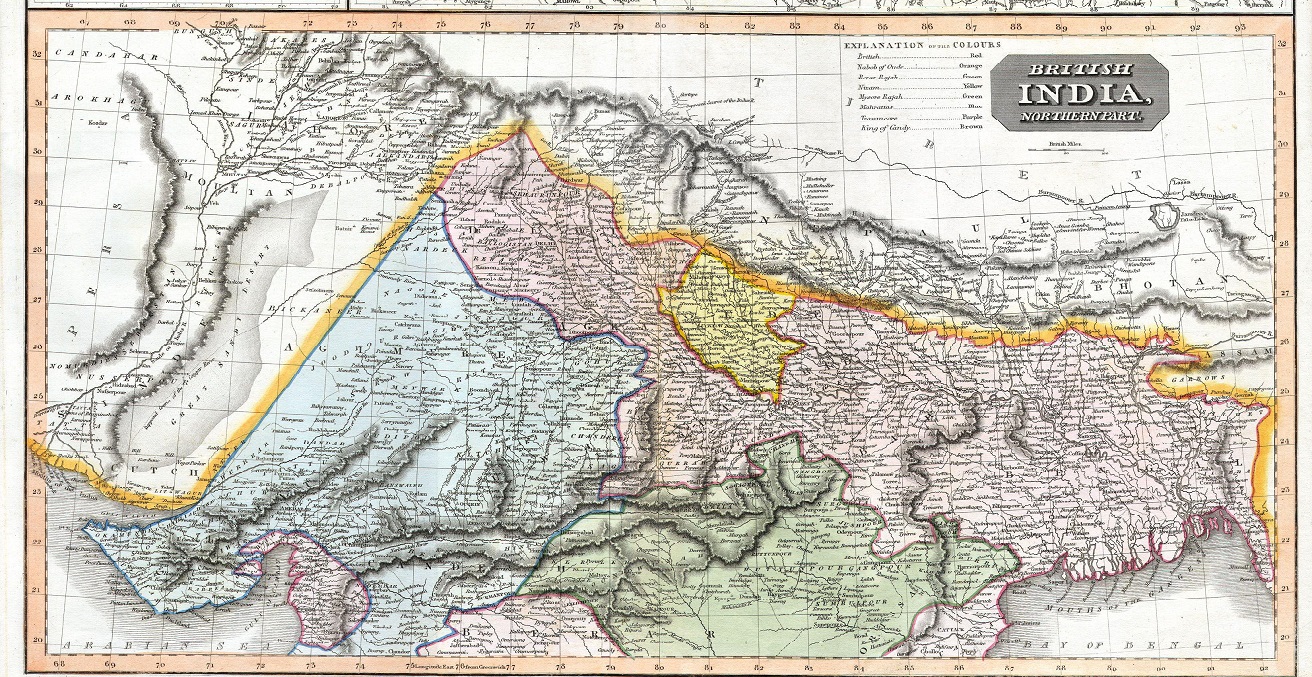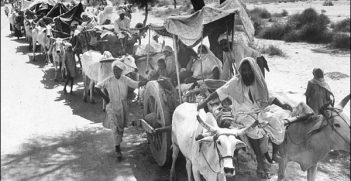Nepal-India Border Dispute: Away From Orthodoxy Towards Dialogue

India’s apathy towards Nepal will harm both countries until bilateral talks are scheduled. A deviation from orthodox methods of dispute resolution is needed to pressure India into accepting international norms.
Aside from the current COVID-19 crisis, international global politics has witnessed countries’ rising attention to national security and territorial sovereignty. The Trump administration’s construction of a wall along the US-Mexico border and the recent hostilities on the India-China border epitomise current global geopolitical trends. Further to antagonism with China, India is also in the midst of a dispute with its northern neighbour, Nepal, over a piece of land on the latter’s north-western corner.
From citizens to academics, most Nepalese people believe India’s release of a new political map in November 2019 and inauguration of a Hindu pilgrimage-road via the disputed land of Lipu Lekh on May 8 are attacks on Nepal’s territorial integrity. India’s new political map includes the contested lands of Kalapani, Lipu Lekh, and Limpiyadhura (KLL), which both the countries claim to be part of their territory. In response to the road construction, Nepal published a new political map on May 13, assimilating the disputed KLL territory into its own territory for the first time in history, followed by incorporating the same area into its constitution on June 9.
Since the publication of this map by Nepal, there have been various reactions from Indian political leaders, bureaucrats, and the army, as well as the Indian digital media. Some have emphasised the need for bilateral dialogues to find a resolution, whereas others deny this is even a possibility. While much has been written about the historical aspects of the dispute between the two countries, what is most needed is an attempt to identify possible mechanisms for a peaceful bilateral dialogue.
Just hours after Nepal published its new map, India reacted strongly, stating that “such artificial enlargement of territorial claims will not be accepted by India.” It insisted that the section of the constructed road lies completely within its territory. India also asked Nepal to “refrain from such unjustified cartographic assertion and respect India’s sovereignty and territorial integrity.” It seems India’s memory of its own cartographic adventures was quickly lost.
Various political leaders including the Indian army chief general, have also expressed antagonistic views on the issue. On May 15, the army chief made a political statement that accused Nepal of initiating the protest “at the behest of someone else,” alluding to Chinese involvement. Vijay Jolly, a Bharatiya Janata Party (BJP) leader, also alleged Nepal was provoked and pressured by a third country in an interview with Nepali media a day after the publication of the new map by Nepal. The chief minister of Utter Pradesh, also a Hindu nationalist, warned the Nepal government of dire consequences for its attempt to restructure the border. His warning came after Nepal tabled the Constitution Amendment Bill to incorporate KLL in its new map. He also cautioned Nepal that it might face a similar fate as Tibet if it goes against India. A week before, a BJP leader and Union Minister warned Nepal and China that “no country can stare down PM Modi’s India.” It seems these kinds of warnings, cautions and threats from the Indian side will continue to occur more frequently in the future.
For most Nepalis, Nepal’s protest to India’s map changes are a result of continuous social pressure from Nepalese citizens, particularly through social networking sites. The hashtag #BackoffIndia trended across social media platforms once again after the 2015 incident regarding Nepal’s new Constitution.
Both Nepal and India have plainly stated that the issue should be resolved through bilateral dialogue. However, the current political climate between the countries is a dark cloud of uncertainty. Nepal states that it has made several attempts at commencing negotiations since November 2019, but there has been no response from India. Various eminent scholars from India, including former ambassadors to Nepal, have also emphasized that the issue should be resolved through a bilateral dialogue.
However, in its response to the launch of Nepal’s new map, the Indian External Affairs Ministry spokesperson stated that it was against “bilateral understanding to resolve the outstanding boundary issues through diplomatic dialogue.” The ministry also stated that the dates for the dialogue would be settled “after the two societies and governments have successfully dealt with the challenge of the COVID-19 emergency.” Contrarily, India has attended several meetings with other countries during the pandemic. In June alone, the PM of India had telephone conversations with PMs and Presidents of countries, including Australia, Canada, Tanzania, Laos, Israel, Cambodia, Philippines and Rwanda. India had telephone meetings with China at commander and Foreign Minister levels on 6 and 17 June, following the hostility at Ladakh. But India has remained apathetic to Nepal’s call for dialogue despite repeated requests and advice.
India seems to think of itself as a big brother towards Nepal. But, inaction on such an important matter is not a solution. It will eventually harm both the countries and interrupt peace at the regional level.
What can be done?
Given evidence that Nepal would be in favour of a bilateral negotiation, as by Nepal’s Foreign Minister, the only option for Nepal is to pressurise India into coming to the table. But the question is, how this can be done?
Current global trends demonstrate that pressurising powerful actors, be it governments or political leaders, is possible, but with an unorthodox approach. For example, take the recent Black Lives Matter protests in the US and around the world. The main trigger in the US which instigated these massive protests was a video clip of police officers using physical force while arresting George Floyd. Likewise, the Black Lives Matter protests in Sydneybegan with the release of a video clip showing a police officer using force over an aboriginal teen. The videos swiftly spread over social networking sites and were watched by thousands of people around the world. Similarly, thousands of people demanded the government of Nepal to include KLL in its new political map when India unveiled its new map. Nepal’s release of the new map was partly a result of the massive pressure from its citizens in social networking sites. This demonstrates power of social media to pressure governments into making drastic changes.
Because of social media and networking sites, local issues are not local anymore. In fact, revolutions of the digital era and rise of social media have turned the world into “a global village.” Voices raised in digital platforms can be heard from large parts of the world. This can be used in the Nepal-India border dispute to shame and pressurise India to take necessary steps for initiating a bilateral dialogue with Nepal. People around the world need to ask India, including Indian leaders and bureaucrats, why it is reluctant to schedule a meeting with its closest neighbour. Doing so can compel India to cooperate through dialogue.
Breaking the current status quo is necessary and urgent, as the situation may spiral with the risk both the countries are harmed along the way. For this to happen, both the countries must discuss their differences. With India remaining uninterested in a dialogue, social media should be used to create pressure on this otherwise powerful country.
Kiran Maharjan is a PhD graduate in Human Geography from the School of Geosciences at The University of Sydney, where he currently works as an academic.
This article is published under a Creative Commons License and may be republished with attribution.





